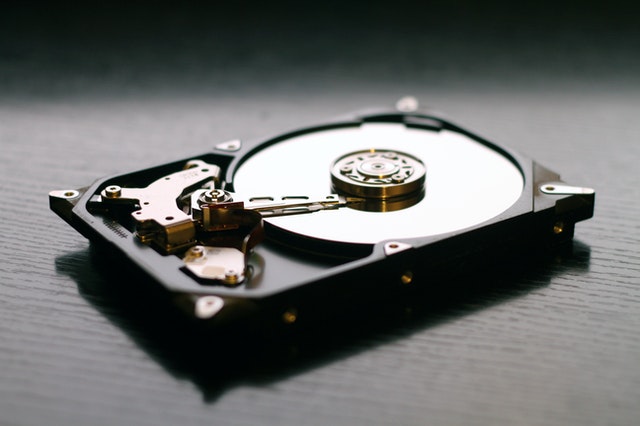
Today’s smartphones may come with more storage space than ever, but when you factor in all our apps, photos, and media files, that space can still disappear amazingly quickly. This not only leaves you without room for that perfect photo or must-have app, but it can also hurt your phone’s performance—a full phone tends to run more slowly and lose battery life faster.
Fortunately, there are plenty of easy ways to free up storage space on your smartphone. Read on for a look at some of the best tips to try today.
1. Back up your photos.
Thanks to the sophisticated cameras that most smartphones boast, it’s now easier than ever to take high-quality photos with your device. Unfortunately, all those photos can quickly eat away at your available storage space. To prevent this, make sure you’re backing up your photos—and deleting them—regularly. You can back up photos directly to a laptop or desktop using a USB connector, or you can take advantage of one of the many cloud-based services, such as Google Photos, that will safely store your pictures.
2. Shoot lower-resolution videos.
When it comes to taking up storage space on your phone, videos are another major culprit. If you’re finding that videos are always eating into your available storage, consider shooting your clips in a lower resolution. Many of the latest smartphones capture videos in 4K resolution. While this allows for great clarity and detail, it means that the finished files are much larger than regular HD videos. Unless you need 4K videos for a specific reason, setting your camera to shoot video at a lower resolution can be a great way to save storage space.
3. Uninstall unused apps.
If you’re like many smartphone users, your device is probably stuffed with apps that you no longer use or you’ve only ever used a few times. Uninstalling these apps is one of the best things you can do to free up storage space. If you’re not sure which apps you use the least or how long it’s been since you last used an app, check out the full list of apps you have installed. Most phones will rank your apps from most recent to least recent use, and they will also tell you how much storage space each app takes up.
4. Clear cached app data.
For apps you keep, it’s a good idea to regularly clear out each one’s stash of cached data. These caches of data are little more than junk files, but depending on the app, they can take up dozens or even hundreds of megabytes of space on your device. To safely delete this data, find the storage menu for your selected app, then simply tap the “clear cache” option. On some phones, you can also choose to delete the cached data for all your apps all in one go.
5. Manage your downloads.
Your downloads folder is another sneaky place where large, miscellaneous junk files like to hide. Whether downloaded from an app or directly from the web, these files take up tons of space but are fortunately easy to get rid of. Simply go to your downloads folder, tap the files that you don’t want anymore, and delete them.
6. Try streaming.
Music and media files, such as movies and television shows, are easy to access when they’re stored on your device, but they can take up huge amounts of storage space. As an alternative, consider streaming your listening or viewing options (through services such as Netflix and Spotify) instead of downloading them directly to your phone. This can save you plenty of space, and if you’re able to use a Wi-Fi connection, it won’t impact your data usage either.
7. Use your device’s storage tools.
Did you know that your smartphone very likely has useful tools that can help you track and manage your storage limits? On Android phones that run Oreo, for example, it’s easy to get a clear and concise overview of everything taking up space by visiting the Storage tab. From here, you can get more detail on just how big various apps and files are, and you can clear anything with a tap of the Free Up Storage button. On iPhones running iOS 11 and above, you can also visit the Storage menu to get tips and recommendations on how to save space.
8. Take advantage of automation.
If you feel like you just won’t remember to regularly delete and clear files to make space on your smartphone, why not try making this process automatic? Most smartphones, for example, will give you the option to automatically delete old e-mails and text messages after a certain period. Likewise, some photo storage apps such as Google Photos can automatically delete any locally stored images once the original files have been safely backed up to the cloud.
